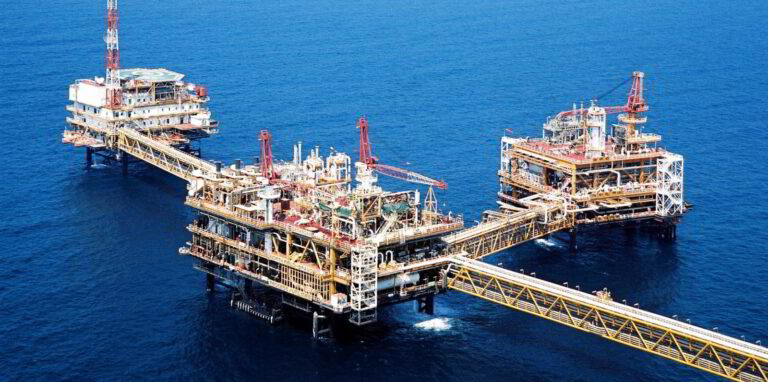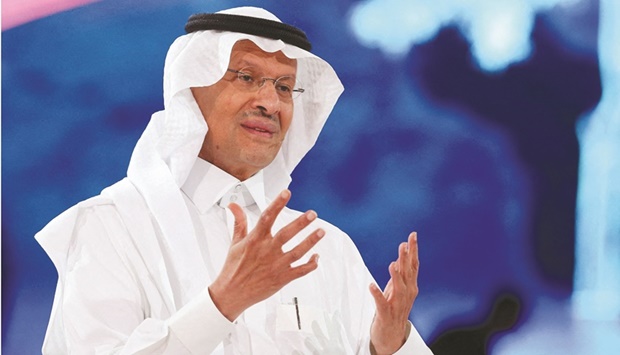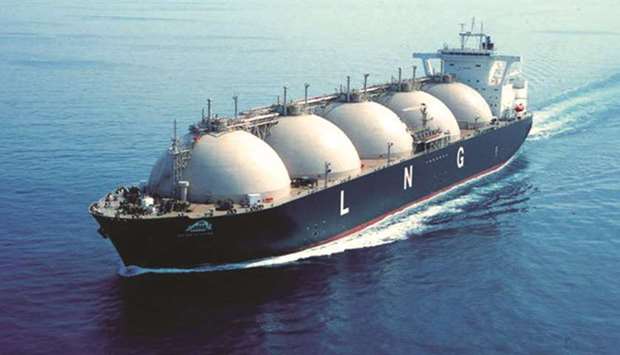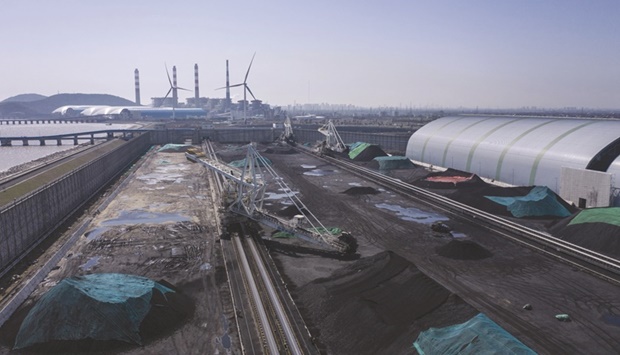North Field expansion: Recent LNG deals awarded to have positive medium-term impact

Recent LNG deals awarded for Qatar’s North Field gas expansion project will have a positive medium-term impact, facilitating an increase in LNG capacity by almost 65% to 126mn tonnes per year (mtpy) by 2027 from 77 mtpy now. Oxford Economics said in its latest country report. In the two weeks. Qatar secured multiyear supply agreements with China and Germany for LNG output set to be added in the first phase of the project due to be completed In 2026. Qatar’s non-hydrocarbon sector recovery will slow in 2023 after a strong rebound this year, Oxford Economics said. “We see non-oil GDP growth of 7.6% this year, the fastest rate since 2015. The pace will then slow to 3.3% in 2023 as momentum eases once the World Cup concludes. This will still be stronger than the 2.7% expansion in 2021. which followed a decline of 4.7% in 2020,” noted Maya Senussi. senior Middle East economist at Oxford Economics. The non-oil economy surged by 9.7% in Q2, up significantly from 5% in Ql. The latest survey data show momentum has eased from record high levels, but the influx of World Cup fans means non-oil activity should remain resilient at year-end. The latest figures show Qatar’s tourist numbers neared 1.2mn in January-September, almost quadrupling relative to the same period in 2021, thanks to a surge in arrivals from other GCC countries as well as India, the US. and the UK. The World Cup event is estimated to attract more than lmn visitors. This should lift the total number of visitors this year above pre-pandemic levels C2.1mn). The month-long event, which started on November 20, has brought an influx of visitors. supporting activity, despite global headwinds. However, inbound travel to Qatar will decline in 2023. before a rise in regional arrivals spurs a recovery thereafter, the report said. Qatar is the world’s second-largest LNG exporter (after the US). There is also heavy investment in gas-to-liquids, petrochemicals, a gas export pipeline, infrastructure, and tourism. Some $200bn has been spent on infrastructure, partly related to the 2022 football World Cup, and partly to an expanding population and the country’s long-term strategy, the Qatar National Vision 2030. In addition, Qatar Is developing into a significant regional financial and educational centre, Oxford Economics noted.









